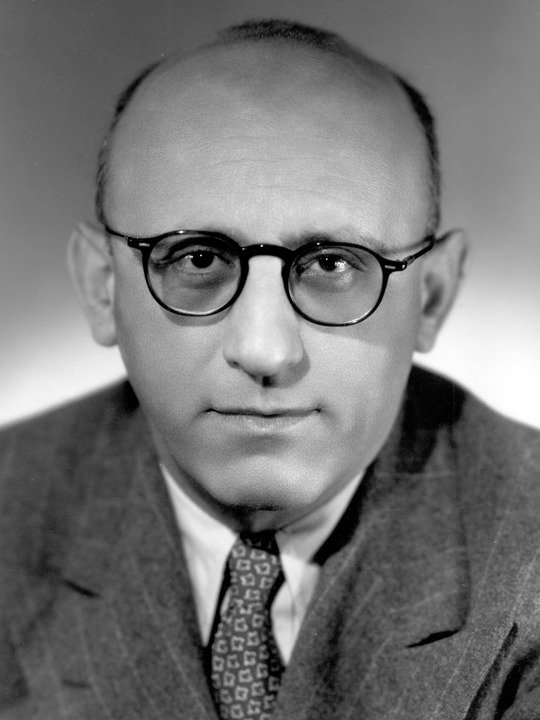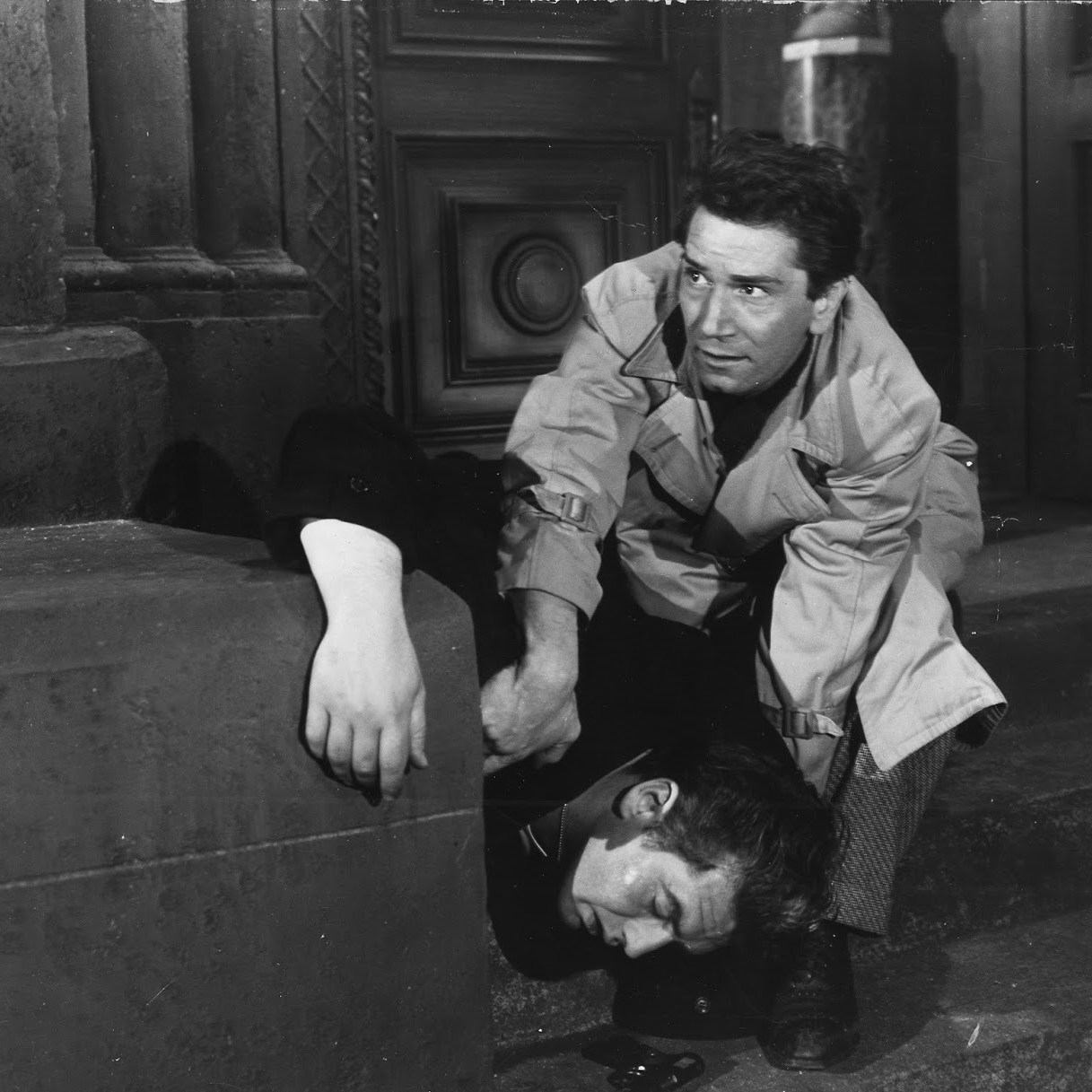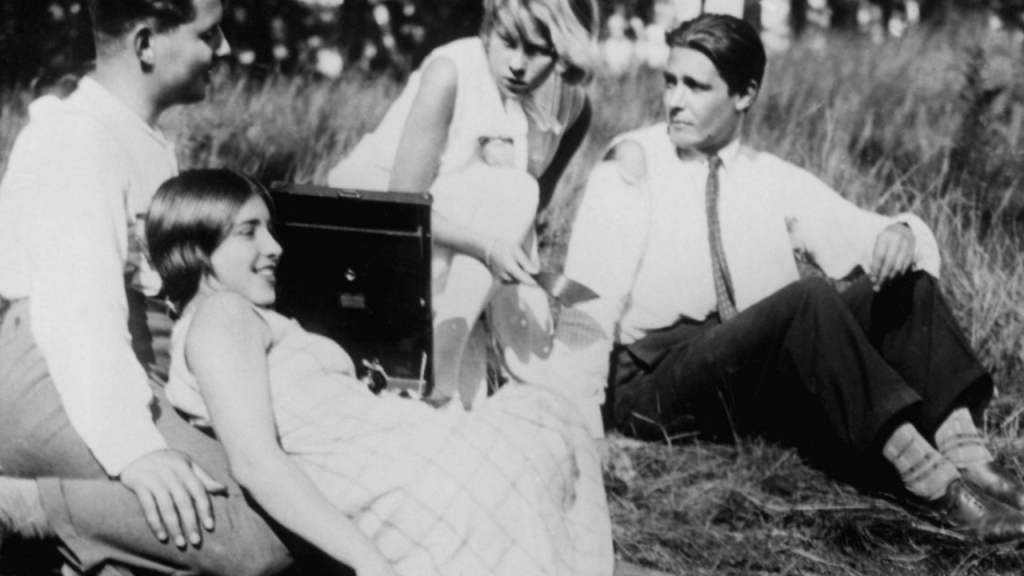Robert Siodmak was a German director who significantly impacted the film noir genre in the mid-20th century. He was part of the wave of Jewish émigré directors who fled Europe during the rise of Nazism, landing in Hollywood and shaping American cinema. Siodmak’s most notable contributions include films like The Killers and Criss Cross, which have since become staples of the noir genre.
A common thread running through Siodmak’s films is the exploration of the darker aspects of human nature and the consequences of immoral choices. His characters are often flawed or morally ambiguous, caught in a web of deception, betrayal, and doomed romance. His stories are filled with fatalistic undercurrents, suggesting that his characters are often prisoners of their fate, as seen in The Spiral Staircase and Phantom Lady. Siodmak’s approach to filmmaking was marked by a deep understanding of suspense and tension, which he used to keep his audience engrossed.
High contrast lighting, stark shadows, and innovative camera angles, hallmarks of noir film aesthetic, characterise Siodmak’s work. He had a knack for using these elements to create a pervasive sense of dread and impending doom, turning ordinary settings into places of mystery and danger. His unique visual style, combined with his storytelling prowess, positioned him as a key figure in the development of film noir.

Robert Siodmak (1900 – 1973)
Calculated Films:
- People on Sunday (1930)
- The Suspect (1944)
- The Spiral Staircase (1946)
- The Killers (1946)
- The Cry of the City (1948)
- Criss Cross (1949)
Similar Filmmakers



Robert Siodmak’s Top 5 Films Ranked
1. The Killers (1946)
Genre: Film Noir, Crime, Mystery

2. Criss Cross (1949)
Genre: Film Noir, Heist Film

3. People on Sunday (1930)
Genre: Romance, New Objectivity, Slice of Life

4. The Spiral Staircase (1946)
Genre: Mystery, Thriller, Gothic

5. Cry of the City (1948)
Genre: Film Noir, Crime

Robert Siodmak: Themes and Style
Themes:
- Crime and Moral Ambiguity: Siodmak’s films often delve into the world of crime and explore moral ambiguity, with characters caught in complex situations where the distinction between right and wrong is blurred.
- Fatalism: His works embody a sense of fatalism, where characters are inevitably led towards tragedy or doom due to circumstances often beyond their control.
- Psychological Depth: The director pays keen attention to the psychological depth of his characters, bringing out their internal conflicts, desires, and dilemmas.
- Romance and Betrayal: Many of Siodmak’s films incorporate elements of romance, often intertwined with themes of betrayal and deceit.
Styles:
- Visual Style: Siodmak is noted for his distinctive visual style that encapsulates high-contrast lighting, deep shadows, and dynamic compositions, all hallmarks of classic film noir. His use of chiaroscuro is particularly compelling, using light and shadow to create mood and tension.
- Atmosphere: He crafts a tense, often ominous atmosphere, utilising not only visual elements but also music and sound design to enhance the mood.
- Cinematography: Siodmak employs innovative cinematographic techniques, such as the use of mirrors to reveal the character’s hidden thoughts or the environment’s symbolic undertones. He is also known for his fluid camera movements and effective use of close-ups to convey emotion and psychological tension.
- Narrative Structure: He often utilises non-linear narrative structures, flashbacks, and voice-over narrations, providing viewers with insight into the characters’ psyche while maintaining narrative coherence.
Directorial Signature:
- Genre Mastery: Siodmak’s name is synonymous with film noir due to his mastery over the genre, adeptly crafting visually arresting films that delve deep into the human psyche.
- Collaboration with Actors: He had a knack for eliciting captivating performances from his actors, working closely with them to convey the nuanced emotions and psychological depth required for their roles.
- Visual Storytelling: Siodmak’s visual storytelling is poignant and expressive, telling as much of the story through images as through dialogue. His scenes are meticulously composed, with each optical element carefully selected to contribute to the story’s mood and atmosphere.
- Integration of European and American Styles: Having worked in both the German and American film industries, Siodmak successfully integrated European cinematic sensibilities with the dynamic pace and visual style prevalent in Hollywood, resulting in films that are rich in atmosphere and narrative depth.
Robert Siodmak: Great Director




